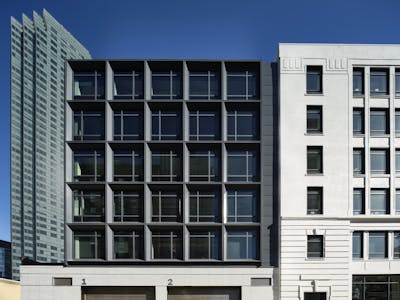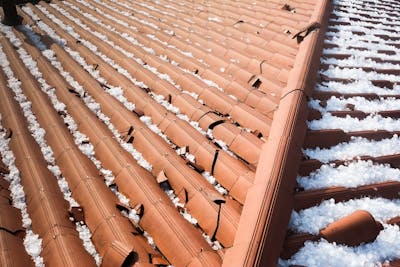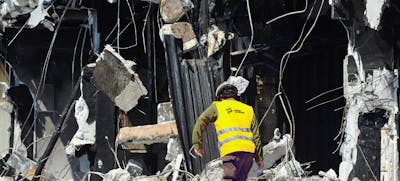Senior Project Manager, Jeffrey Kobes, PE, SE, gives a behind-the-scenes look at the award-winning Dallas County Records Building Renovation.
Overview
The Dallas County Records Complex—comprised of three buildings dating to 1915—has often played a part in Dallas’ colorful history. This Registered Texas Historical Landmark, with dozens of other historic designations, is most known for bookending one of our nation’s darkest eras. Just steps away from the Texas Book Depository and Dealey Plaza, the Dallas County Records Complex witnessed the final moments of President John F. Kennedy’s ill-fated motorcade trip. Likewise, the same buildings hosted lawyers, G-men, captivated citizens, and press galore for Jack Ruby’s murder trial many months later. The complex required sensitive treatment to preserve its historic nature during an ongoing renovation and adaptive reuse project.
For the past several years, Walter P Moore has been engaged to perform structural diagnostics, enclosure services, parking consulting, and traffic engineering for the renovation. To support the project’s success, our team reviewed deterioration of the period concrete structures, identifying areas where age and long-term moisture had resulted in significant loss of concrete and steel reinforcement. Repairs required special consideration to ensure compatibility between the existing, early period concrete, and designs for structural strengthening. Walter P Moore worked closely with the repair material supplier and the installer to ensure that the buildings could withstand another century.
Walter P Moore also performed the assessment and repair details to address the deterioration of the historic masonry facade. When addressing historic facades, we seek to retain as much historic material as possible while designing solutions to mitigate unsafe, unstable façade materials and protect as many remaining historic façade elements as possible. The three buildings of the complex have three different facades, with the most ornate being the Criminal Courts building, constructed in 1915 with brick, terra cotta, and granite. The building suffered failing window lintels due to corrosion of supports and past restoration efforts, leaving the majority of the window openings in need of repairs. Our team called for repair of many of the cracked units to retain the historic fabric and specified replacements for many more severely damaged terra cotta units.
Another historically significant aspect of the complex, the three buildings are peppered with a variety of window types from the early 20th century. Our team performed a comparative analysis of various window restoration options in order to prioritize occupant comfort, overall cost, and maintaining the historic integrity of these critical elements. We also assisted the architect with designing building enclosure details for the windows and at transition points between existing and new construction. The result blended retention of the historic steel frames with re-use after modification of the existing stiles to support the new glass.
When complete, this $160 million renovation project will repurpose and modernize the century-old structures while preserving the original beauty and historic fabric of the complex.



